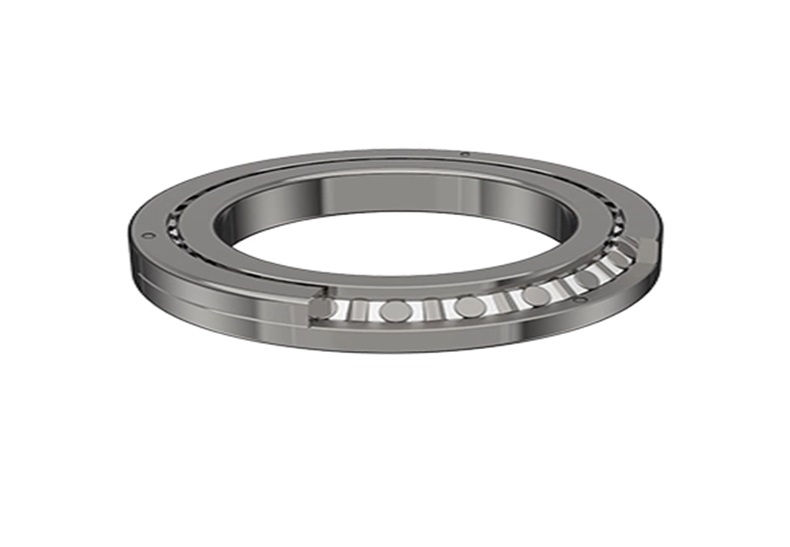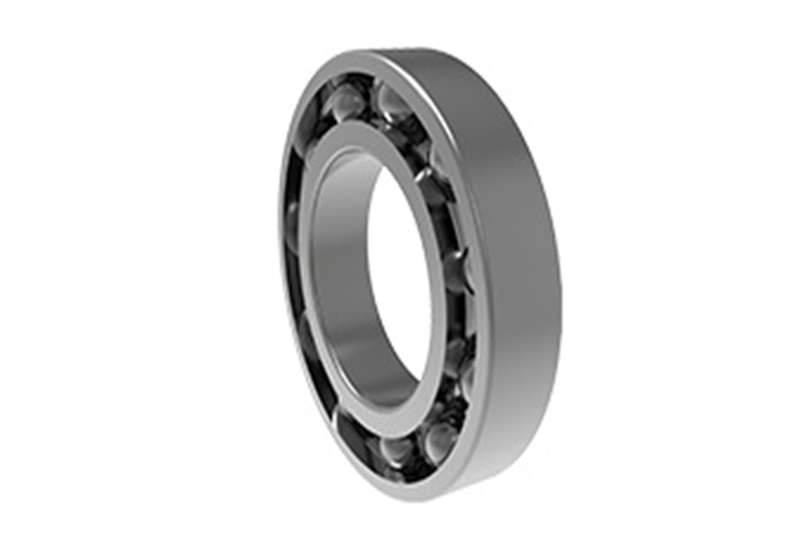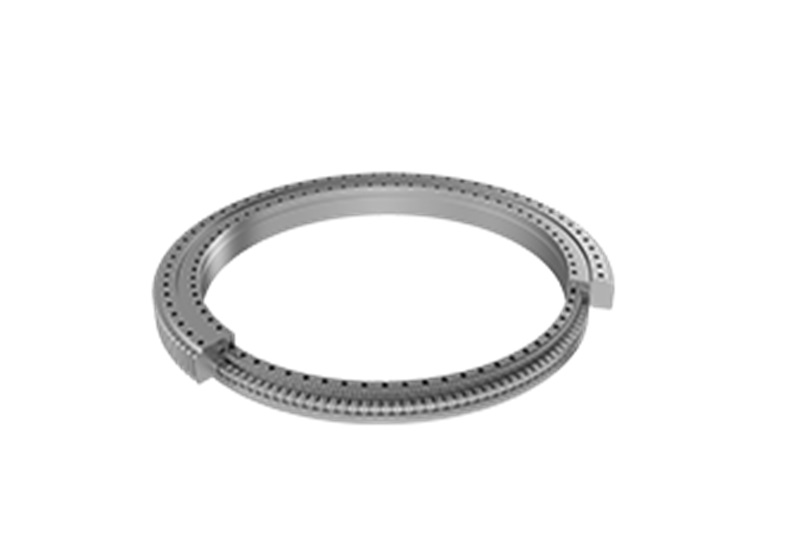What Are Crossed Cylindrical Roller Bearings?
The intermediate support of the crossed cylindrical roller bearing mainly serves to support and position, ensuring the normal operation of the bearing, and improving the bearing's load capacity and service life.
The Role of the Intermediate Support in Crossed Cylindrical Roller Bearings
The intermediate support in crossed cylindrical roller bearings is an essential part of the bearing system. It primarily serves the following functions:
Support Function
The support provides stable support for the bearing, ensuring that the bearing can maintain the correct position and direction during operation, preventing deviation or tilting of the bearing.
Positioning Function
Through coordination with the bearing housing and bearing cap, the support precisely positions the bearing within the mechanical system, ensuring correct alignment with other components.
Increase Load Capacity
The design and manufacturing quality of the support directly affect the bearing's load capacity. A reasonable support design can effectively increase the bearing's load capacity, enabling it to withstand larger radial and axial loads.
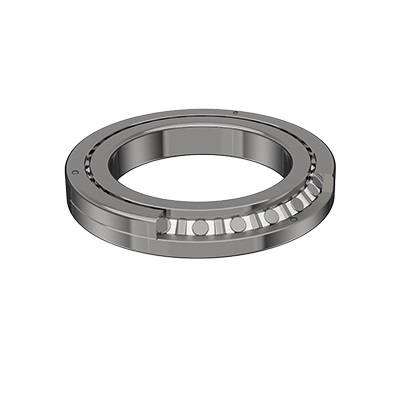
Design Considerations
When designing the intermediate support of a crossed cylindrical roller bearing, the following key factors need to be considered:
Material Selection
The support material should have sufficient strength and stiffness to ensure no deformation or breakage under load. Common materials include cast iron, steel, etc.
Structural Design
The structure of the support should be reasonable, ensuring ample support area and avoiding stress concentration. Additionally, the ease of installation and disassembly should be considered.
Manufacturing Process
The manufacturing process of the support should ensure product consistency and precision. Common manufacturing processes include casting, forging, and machining.

Importance of the Support in Bearing Operation
The intermediate support in crossed cylindrical roller bearings significantly impacts the bearing's operational performance and service life. A high-quality support can provide stable support and positioning, ensuring the bearing remains stable during high-speed operation, reducing vibration and noise. Moreover, a reasonable support design can reduce wear and failure rates of the bearing, extending its service life.
Therefore, in selecting and using crossed cylindrical roller bearings, sufficient attention should be given to the quality and performance of the intermediate support. By optimizing the design, material, and manufacturing process of the support, the overall performance and reliability of the bearing system can be further improved.














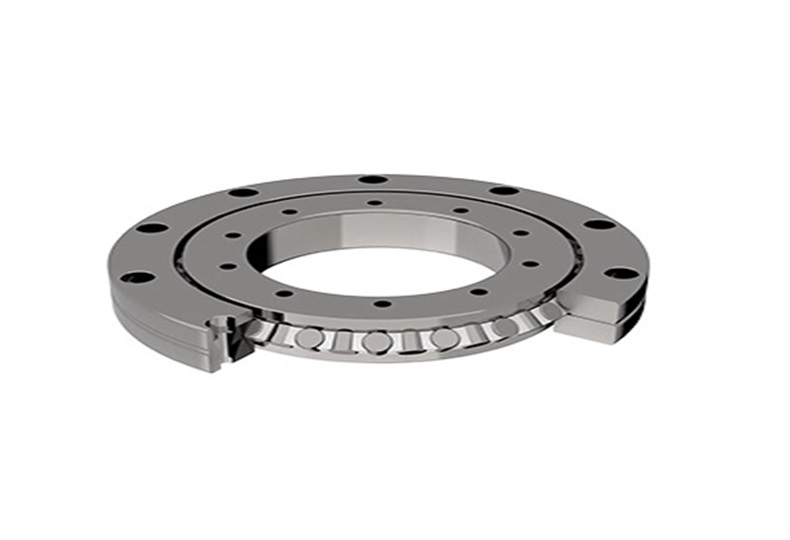
 English
English  français
français  Deutsch
Deutsch  italiano
italiano 


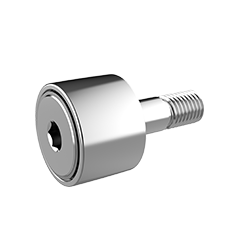
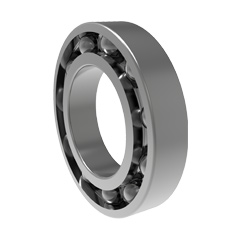
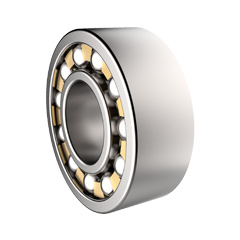
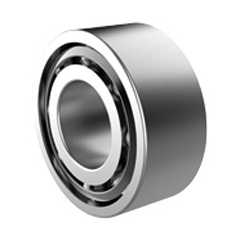
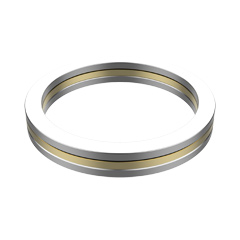
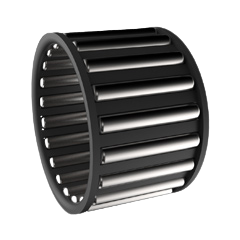



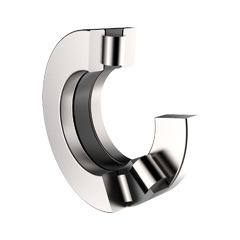
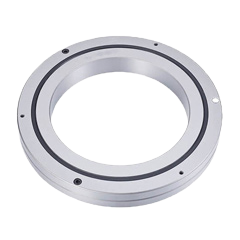
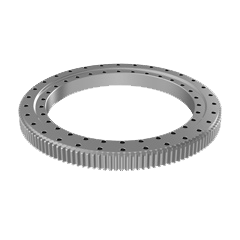
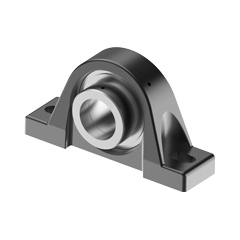
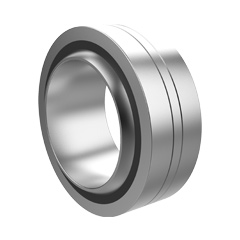

 English
English  français
français  Deutsch
Deutsch  italiano
italiano 

